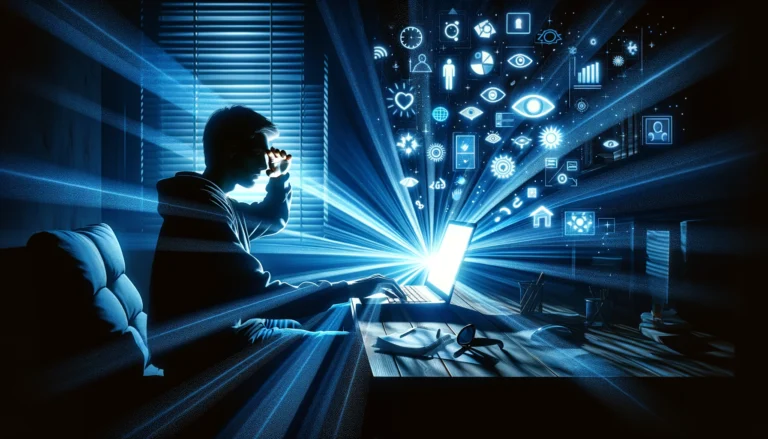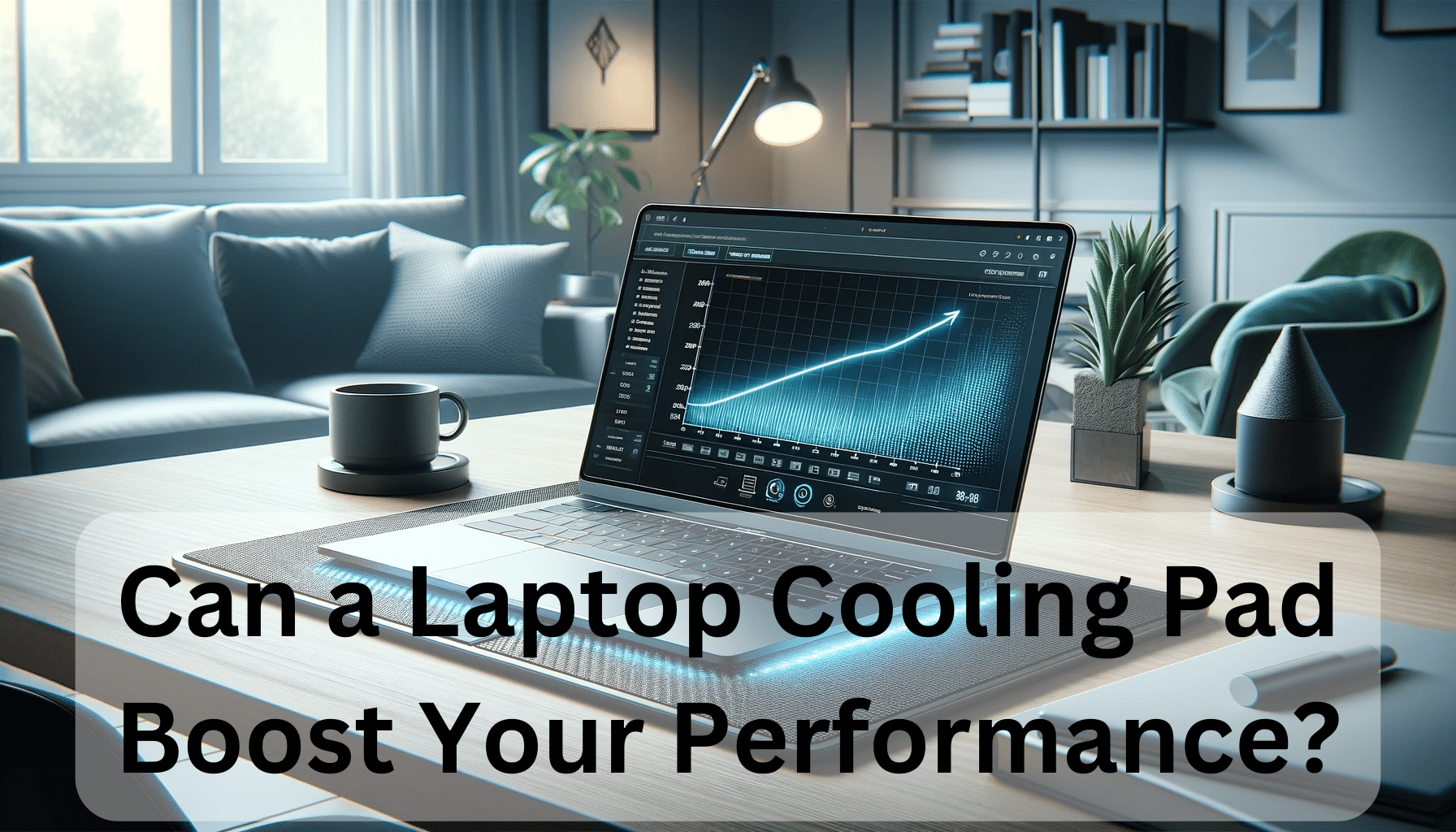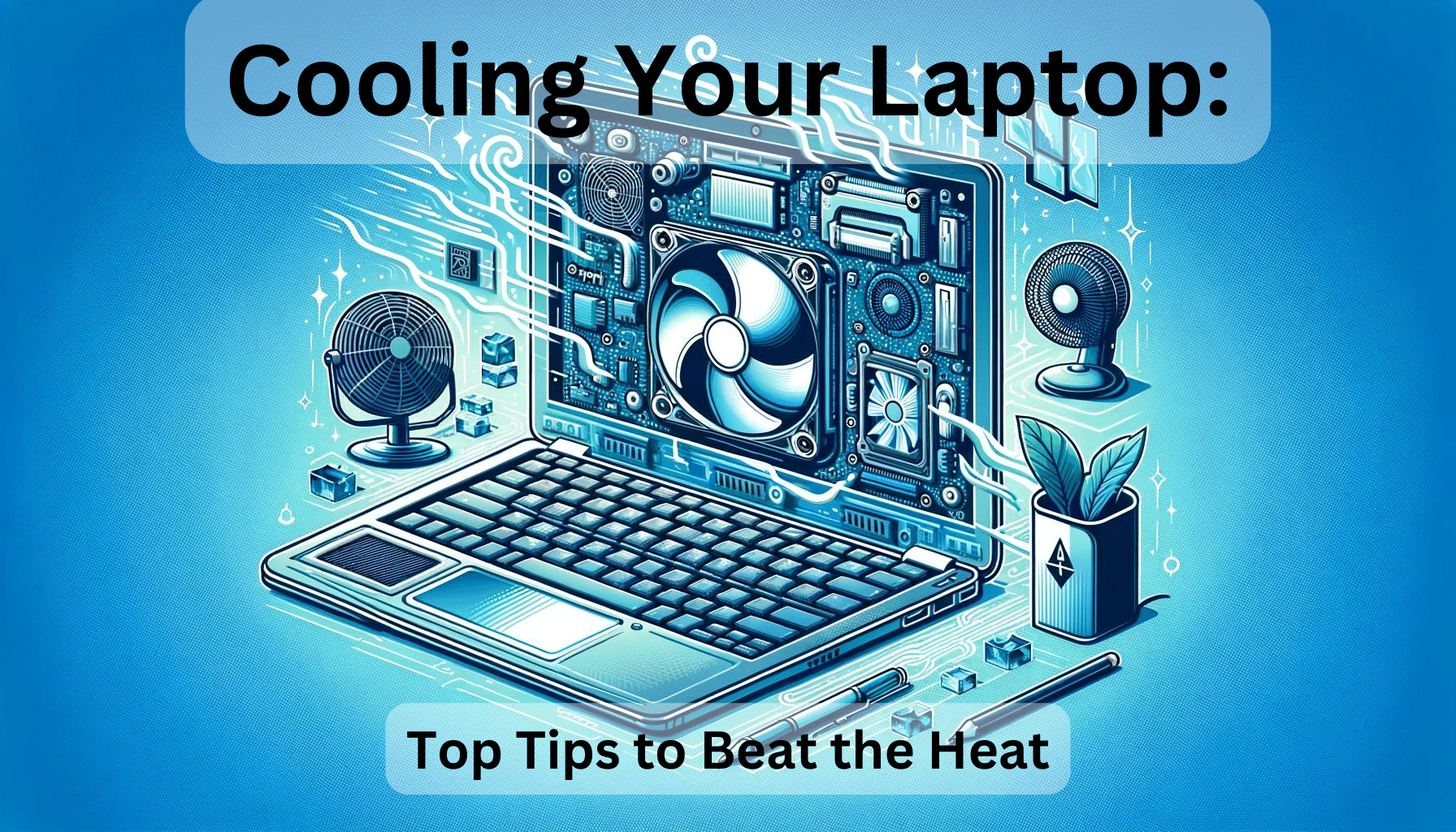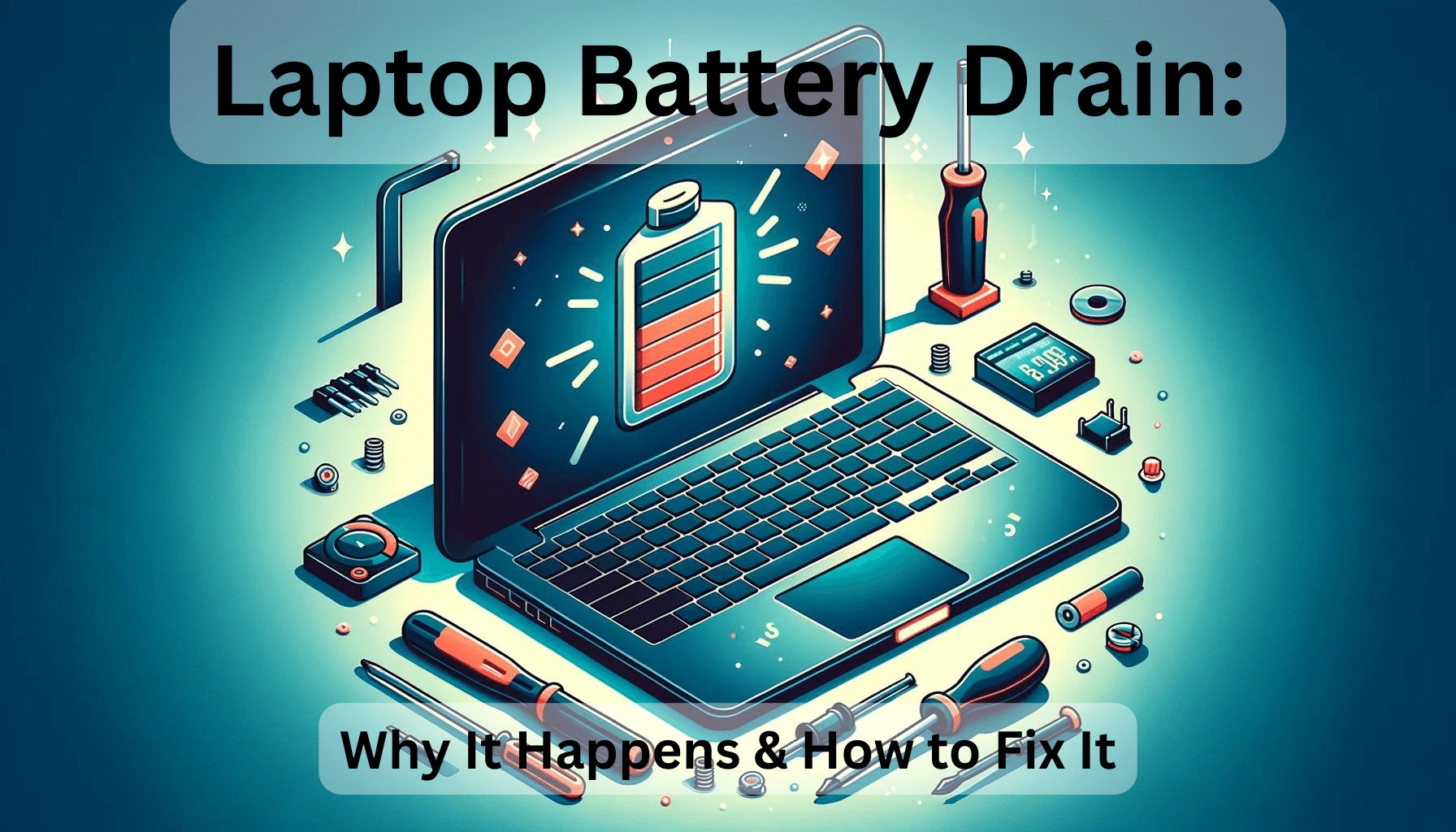Absolutely, laptops emit blue light, and it’s a topic that’s garnered plenty of attention lately. I’ve been digging into the effects of this high-energy visible light and how it impacts our daily lives. You might be wondering just how much blue light your laptop is beaming at you and what you can do about it.
As someone who’s practically glued to my laptop, I understand the importance of staying informed about blue light exposure. It’s not just about eye strain; there’s a whole lot more to consider. Stick around as I explore the ins and outs of blue light from laptops, and share some tips on how to protect yourself from its potential downsides.
The Effects of Blue Light from Laptops
When we delve into the impact of blue light emanating from our laptop screens, eye strain is often at the forefront of discussion. However, it’s far from the only concern. Prolonged exposure to blue light, especially during evening hours, can disrupt our natural sleep patterns. This is because blue light suppresses the secretion of melatonin, the hormone responsible for signaling to our bodies that it’s time to sleep.
In fact, studies have indicated a strong link between excessive screen time and the delay in onset of sleep. Here are some key data points:
| Screen Time Before Bed | Delay in Sleep Onset |
|---|---|
| 2 Hours | 1 Hour |
| 4 Hours | 2 Hours |
Moreover, there’s growing evidence that suggests blue light could have a more insidious impact on our eyes over time. The high-energy visible (HEV) light from screens is powerful enough to penetrate deep into the eye, potentially damaging the retina. Digital Eye Strain or Computer Vision Syndrome can manifest through symptoms such as dry eyes, blurred vision, and headaches.
Beyond the physical effects, blue light has been studied for its psychological impacts as well. My experience has taught me that many of us feel a sort of mental fatigue after long hours in front of a laptop. This could partly be due to the cognitive load of the tasks at hand but also the relentless exposure to blue light.
It’s also worth noting that children and teenagers may be more susceptible to the effects of blue light. Their developing eyes absorb more blue light than adults, which can magnify the potential for disruption in sleep and circadian rhythms.
To combat these effects, there are several steps one can take:
- Using blue light filters or screen protectors
- Adjusting the colour temperature of the screen to be warmer
- Following the 20-20-20 rule: Every 20 minutes, look at something 20 feet away for at least 20 seconds
- Limiting screen time before bed
By incorporating these practices into our daily routines, we aim to reduce the impact blue light has on our well-being. It’s essential to strike a balance, making use of our laptops’ benefits while mitigating their potential harms.
Understanding Blue Light Exposure
When we’re considering our daily screen time, it’s crucial to understand what exactly blue light is and how it affects us. Blue light is a type of high-energy visible (HEV) light, sitting right next to ultraviolet light on the spectrum. Its wavelengths are shorter and higher energy than other colours visible to the human eye. I’ve researched extensively and found that the usual culprits for blue light exposure are not just laptops but smartphones, tablets and even fluorescent lighting.
Typically, blue light has been celebrated for its benefits during daylight hours because it boosts attention, reaction times, and mood. However, it’s a different story when it comes to the evening. Prolonged exposure to blue light after sundown can significantly disrupt our circadian rhythm, the natural sleep-wake cycle that’s vital for overall well-being.
Here’s a quick glance at the impact of blue light exposure:
| Impact | Description |
|---|---|
| Sleep Pattern Disruption | Suppresses melatonin, making it harder to sleep. |
| Eye Strain and Damage | Can cause long-term harm to the retina. |
| Psychological Effects | May increase the risk of depression and other conditions. |
| Increased Susceptibility | Children and teenagers may be more vulnerable. |
To manage blue light exposure, it’s essential to use technology smartly. For starters, I make it a habit to step away from screens at least an hour before bed to help my body prepare for sleep. Opting for devices with built-in blue light filters or using third-party applications that regulate the amount of blue light emitted can also be a game-changer for eye health.
Moreover, considering the amount of time children and teenagers spend on laptops for education and entertainment, the importance of monitoring their blue light exposure cannot be overstated. Utilising features like “Night Shift” on laptops that adjust screen temperatures to warmer tones can substantially reduce blue light’s stimulating effects, particularly during evening hours.
It’s clear that awareness and simple adjustments in our tech habits can significantly mitigate the unwanted side effects of blue light. By being proactive in managing screen time and exposure, we can enjoy the benefits of our devices without compromising our health.
How Blue Light Impacts Our Daily Lives
Interacting with digital devices like laptops and smartphones has become an integral part of our daily routines. These devices emit light of all colours, but the blue light they emit is particularly significant due to its potential impact on our health and wellbeing.
During daytime hours, blue light can be beneficial to our health. It boosts alertness, helps memory and cognitive function and can even elevate our mood. My experience working long hours in front of a screen tells me that the perks of blue light keep me more alert and productive during the day.
However, as evening approaches, the narrative changes. The blue light from screens can disrupt our sleep patterns by inhibiting melatonin production, a hormone that tells our body it’s time to sleep. Consequently, even after we’re well past sunset, my mind might still be tricked into thinking it’s daytime, extending the time it takes for me to wind down and doze off. It’s not just about feeling tired; quality of sleep is key for cognitive functions and overall health.
Children and teenagers are even more sensitive, which can put them at greater risk if they use devices that emit blue light close to bedtime. The consequences can include difficulty focusing at school the next day or feeling lethargic from a poor night’s sleep.
Managing blue light exposure doesn’t necessarily mean cutting down heavily on screen time, which could prove impractical in our technology-driven world. Adjusting screen settings, taking regular breaks, using blue light filtering glasses, and establishing a technology-free zone or timeframe in the hours leading to bedtime can be effective strategies. These adjustments have been part of my routine, helping to mitigate the strain on my eyes and improving the quality of my sleep.
Integrating these practices into my day-to-day life has made me more conscious of how my screen time affects my sleep hygiene and overall health. Staying informed about the latest devices that come with built-in blue light reduction technology makes it easier to maintain these healthy habits.
The Amount of Blue Light Emitted by Laptops
Undoubtedly, laptops have become integral to my daily routine, whether it’s for work, study, or leisure. However, they’re also significant sources of blue light, which should make anyone mindful about their screen time. It’s essential to understand the amount of blue light these devices emit.
The screens of laptops utilize LED backlighting to enhance brightness and color reproduction, and this technology inherently emits blue light. While blue light is a part of the visible light spectrum and is naturally present in sunlight, the concentration from devices is what catches my attention. On average, a laptop can emit anywhere between 25% to 30% blue light, which varies depending on the manufacturer and the model.
To put this into perspective, I’ll consider the color temperature of the screens that is measured in Kelvin (K). Most laptop screens register at about 6,500K to 7,500K during daytime settings. This number dips down in the evening with the ‘night mode’ feature that many operating systems offer. Night mode settings can bring it to as low as 2,400K, greatly reducing the blue light output.
Here’s a table reflecting variations in blue light emissions during different times of the day:
| Screen Setting | Approximate Color Temperature (K) | Estimated Blue Light Emission (%) |
|---|---|---|
| Daytime (Default) | 6,500 – 7,500 | 25 – 30 |
| Night Mode (Evening) | 2,400 | Significantly Reduced |
It’s not just the color temperature that’s a concern; brightness also plays a role in blue light emission. At maximum brightness, my laptop’s blue light output can increase, potentially causing more strain. That’s why I often mention when speaking about eye health, adjusting screen brightness is as crucial as the color settings.
Several tools can measure the blue light output of my laptop, including dedicated software and light measuring devices. Using these, I can get even more precise data and make informed decisions about my laptop usage, especially in the evenings when I’m winding down.
Tips for Protecting Yourself from Blue Light Exposure
Understanding that laptops do indeed emit blue light and the risks associated with this exposure, it’s crucial to adopt strategies to safeguard your health. Here are some practical steps I take to minimize blue light impact on my daily life.
Utilise Blue Light Filtering Software
Most operating systems now offer built-in blue light filters. They’re commonly referred to as Night Shift on macOS and Night Light on Windows. These features adjust the color temperature of your display to reduce blue light emission as the day progresses.
Additionally, there are third-party applications available that provide even greater customisation options. I make sure to activate these settings at least two hours before bedtime to promote better sleep.
Invest in a Quality Anti-Blue Light Screen Protector
For additional protection, I use a physical anti-blue light screen protector on my laptop. These protectors can effectively block a substantial percentage of blue light from reaching my eyes without altering the colours on the screen too much. They also help in reducing glare which can further reduce eye strain.
Adjust Screen Brightness and Color Temperature Manually
I also play an active role in managing my screen settings. Reducing the brightness of my laptop screen to the lowest comfortable level is a habit I’ve cultivated. Lower brightness typically leads to less eye strain and a lower amount of blue light emission. If my laptop allows it, I also tweak the color temperature settings manually, opting for warmer tones.
Follow the 20-20-20 Rule
As part of managing my screen time, I stick to the 20-20-20 rule to reduce eye strain. Every 20 minutes, I make it a point to look at something 20 feet away for at least 20 seconds. This simple exercise helps in giving my eyes a much-needed break from the constant focus on the screen.
Regular Eye Exams
Lastly, regular check-ups with my optician are non-negotiable. I ensure my eye health is monitored, and any issues that arise from prolonged exposure to blue light are addressed promptly.
Embodying these practical tips, I’ve noticed a significant improvement in my nighttime relaxation and overall eye comfort. It’s about finding a balance that works for you and integrating these protective measures into your digital life.
Conclusion
It’s clear that while laptops do emit blue light, there are effective ways to safeguard our eyes and improve our digital wellbeing. I’ve shared practical steps you can take right now—like using filtering software and screen protectors—to make a significant difference.
Remember, it’s not just about reducing blue light; it’s about maintaining healthy eyes in a digital world. So don’t forget to give your eyes a break with the 20-20-20 rule and keep up with those optician appointments. Taking action today can lead to more comfortable tomorrows.





